4. The analysis of seismic waves generated by earthquakes in inner Earth directly contradicts a hollow Earth hypothesis.
When an earthquake occurs somewhere inside Earth, two types of waves are created: Primary (or P) waves and Secondary (or S) waves. These waves propagate in all directions from the epicenter (i.e., the center) of the earthquake, so scientists place detectors (seismometers) at several locations across the planet to detect these waves.
P waves travel faster than S waves so, all things being equal, P waves are the first to arrive from the epicenter of the earthquake (by the way, scientists are able to determine where the epicenter of the earthquake is, by timing how long it took for the S and P waves to arrive at different locations around the world).
Another difference between P and S waves relate to their movement. P waves move longitudinally, and longitudinal waves have the ability to pass through solids, liquids and gases. S waves, on the other hand, move transversely, and transverse waves can only pass through solids (if S waves hit liquids or gases, these will prevent their propagation).
Temperature also matters. Whenever waves pass through hot regions they slow down. For instance, S waves are weakened when passing through the asthenosphere, and completely come to a halt when they reach molten regions.
Both P and S waves propagate faster the denser the material is. That means they speed up as they get closer to the center of the Earth (because density increases with depth).
Finally, whenever the waves reach a boundary between layers the waves can be reflected, absorbed or transmitted. When transmission occurs, they are often refracted (i.e., change direction) because waves change speed when density also changes (changes in density occur between layers).
Remember that scientists have placed seismometers around the globe, so they are able to detect seismic waves in many, many locations.
So, when scientists combine the data from multiple seismometers, given the known behaviour of waves when crossing different mediums, they are able to infer the composition of Earth’s interior.


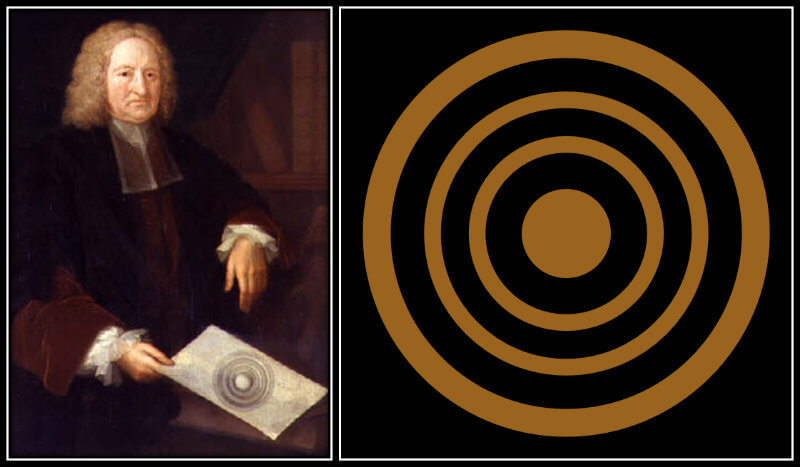
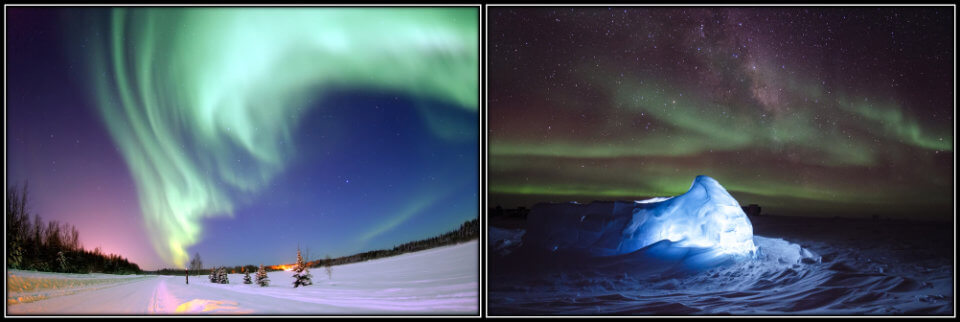
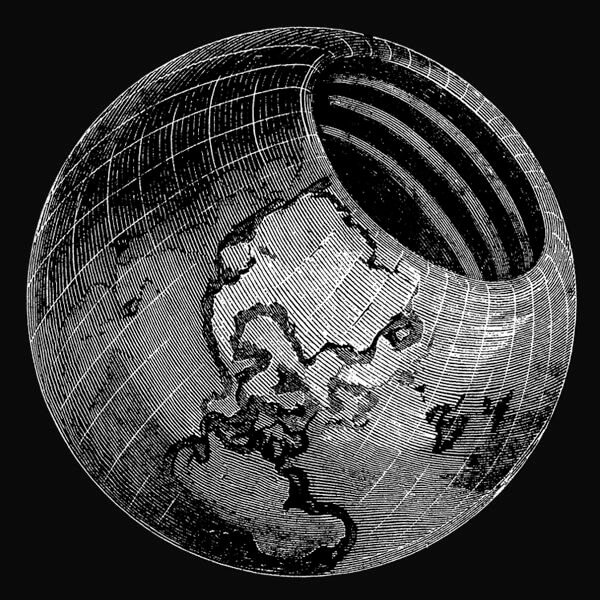

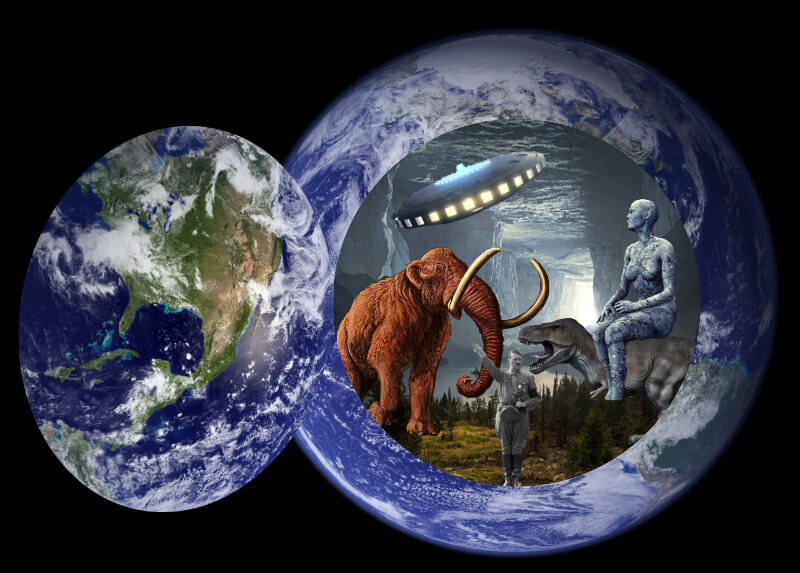
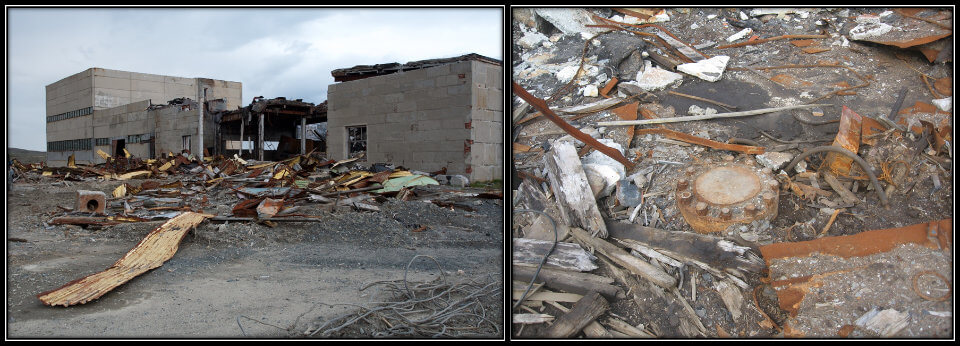
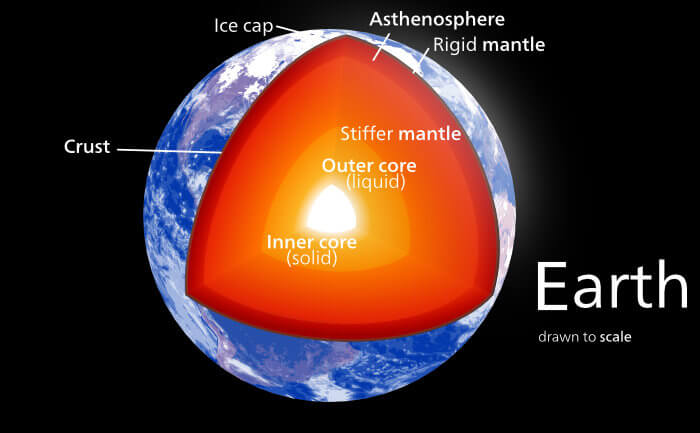
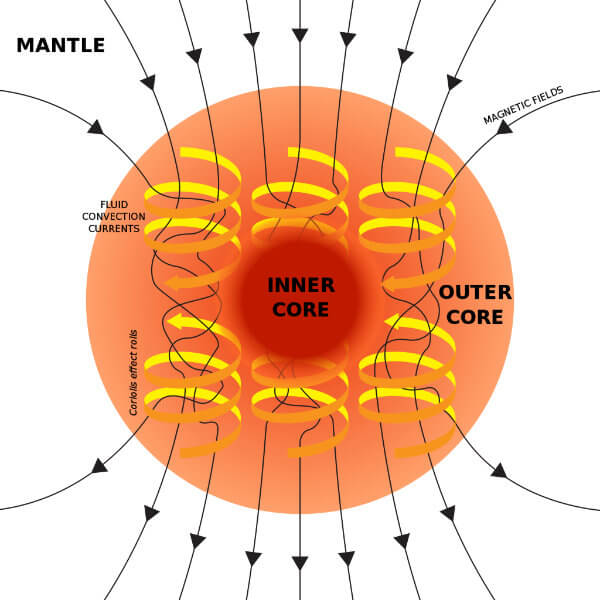


Leave a comment
Add Your Recommendations
Popular Tags